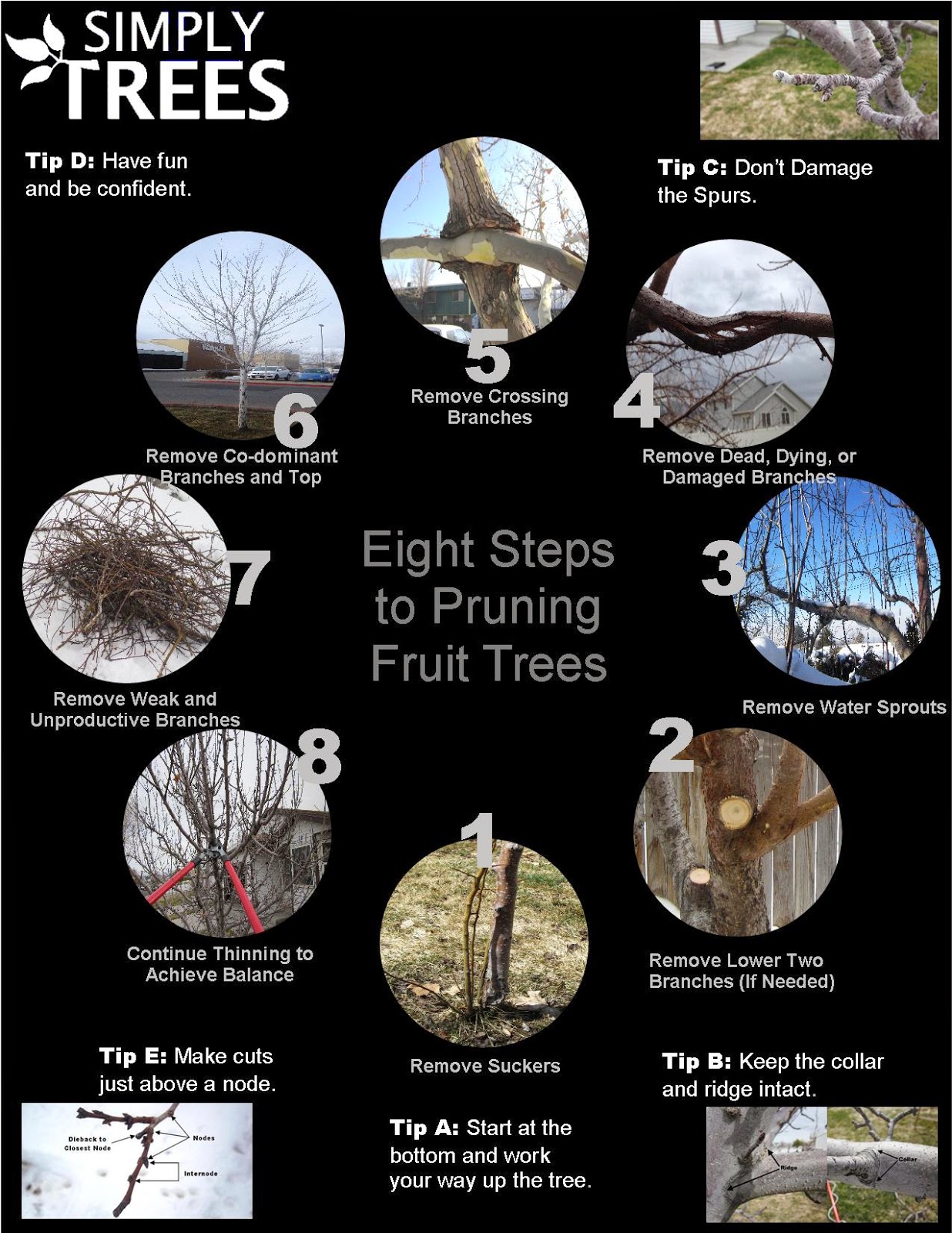The Ecological Impacts Of Lowering Trees: Secret Insights You Required To Consider
The Ecological Impacts Of Lowering Trees: Secret Insights You Required To Consider
Blog Article
Article Author-Dickey Lake
When it involves the ecological effect of tree elimination, there are critical facets that demand your focus. From the detailed web of partnerships within communities to the succeeding results on climate patterns, the effects are profound. You may be surprised to find the intricate methods which the elimination of trees can reverberate throughout the environment. Remain tuned to untangle the detailed links and effects of this relatively straightforward act.
Logging and Environment Loss
Deforestation and habitat loss are crucial concerns coming from tree elimination. When trees are cut down, it interferes with entire ecological communities. please click the up coming document are the trees themselves lost, yet the homes and food resources of numerous plant and animal types are ruined too. Birds shed their nesting sites, animals shed their sanctuary, and bugs shed their habitats. Ash Tree Removal with the food chain, impacting killers and victim alike.
Additionally, logging adds to climate adjustment. Trees play an essential duty in absorbing carbon dioxide, a greenhouse gas that catches warm in the ambience. With less trees, there's less carbon dioxide absorption, causing raised levels of this gas in the environment and aggravating worldwide warming.
Habitat loss is a direct outcome of deforestation, as the devastation of woodlands indicates the loss of special and varied ecosystems. Numerous varieties are incapable to adjust to rapid changes in their atmosphere, causing populace declines and, in some cases, termination.
Safeguarding forests is important to keeping the fragile equilibrium of nature and making certain the survival of countless plant and animal varieties.
Impact on Biodiversity
The removal of trees has a significant effect on biodiversity, influencing the selection and abundance of plant and animal types in a location. Trees give habitat and food resources for many organisms, from pests to birds to creatures. When trees are eliminated, these species shed their homes and resources of nutrition, bring about a decrease in their populations. This interruption can have plunging impacts on the whole environment.
Moreover, trees play a vital function in maintaining biodiversity by developing microhabitats within their covers, trunks, and origins that sustain a wide variety of varieties. When trees are cut down, these specialized environments are ruined, decreasing the overall diversity of the location.
In addition, the elimination of trees can lead to a decline in hereditary variety within plant populaces, as specific tree varieties might no longer be able to reproduce or distribute efficiently. Protecting trees and forests is essential for protecting biodiversity and guaranteeing the health of ecosystems for future generations.
Dirt Disintegration and Environment Change
With trees being removed from an area, the interruption of dirt structure and stability occurs, resulting in enhanced dirt disintegration. Trees play a vital function in avoiding disintegration by holding dirt in position with their root systems. When trees are removed, particularly in large numbers, the soil comes to be much more prone to erosion from wind and water. This disintegration not just affects the instant environments however can also cause sedimentation in nearby water bodies, affecting water top quality and marine ecological communities.
Furthermore, trees assist control the climate by absorbing co2 during photosynthesis. When trees are reduced, this all-natural carbon sink is lessened, adding to boosted degrees of greenhouse gases in the ambience. This can exacerbate climate adjustment, leading to even more severe weather condition occasions and disturbances in ecological communities worldwide.
For that reason, the elimination of trees not only accelerates dirt erosion however likewise plays a role in the bigger environmental problem of climate change. It's vital to consider these elements when analyzing the influences of tree removal on the environment.
Conclusion
Since you know the ecological influence of tree removal, think about the consequences prior to reducing trees. Deforestation interferes with communities, decreases biodiversity, and contributes to soil erosion and environment change. By being mindful of the effect of tree elimination, you can help safeguard our setting and preserve the delicate equilibrium of nature. Make informed choices and consider alternate solutions to decrease the negative effects on our world.
